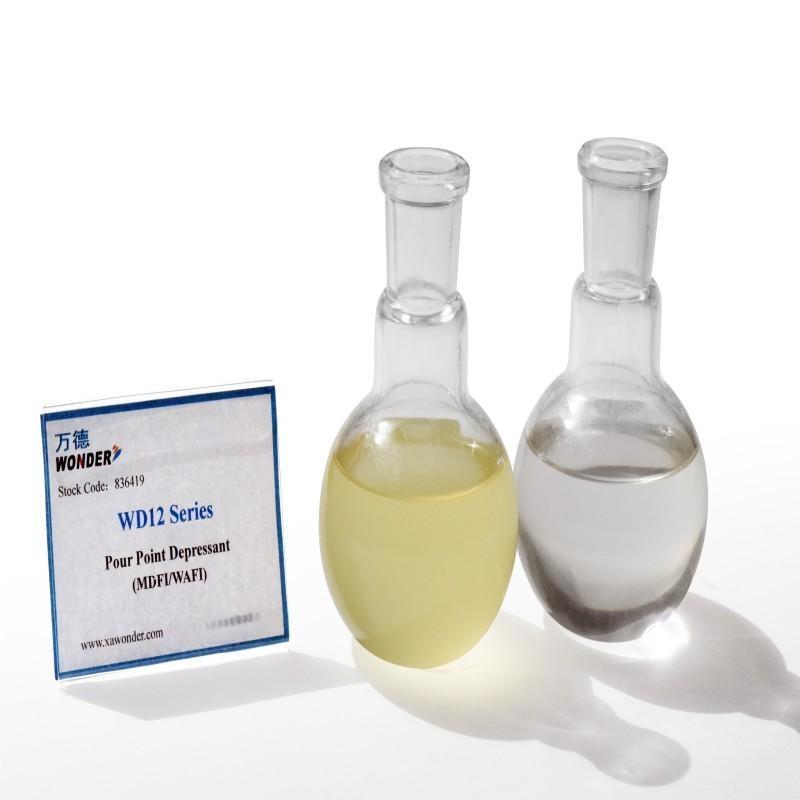-
Categories
-
Pharmaceutical Intermediates
-
Active Pharmaceutical Ingredients
-
Food Additives
- Industrial Coatings
- Agrochemicals
- Dyes and Pigments
- Surfactant
- Flavors and Fragrances
- Chemical Reagents
- Catalyst and Auxiliary
- Natural Products
- Inorganic Chemistry
-
Organic Chemistry
-
Biochemical Engineering
- Analytical Chemistry
-
Cosmetic Ingredient
- Water Treatment Chemical
-
Pharmaceutical Intermediates
Promotion
ECHEMI Mall
Wholesale
Weekly Price
Exhibition
News
-
Trade Service
The reporter learned that Zhongtai Securities released a research report that international oil prices fell sharply on June 17, and the price of Brent/WTI crude oil futures closed at 113.
12/109.
56 US dollars per barrel, down 6.
69/8.
03 US dollars per barrel in a single day, a decrease of 5.
6%/6.
8%.
In the short term, the gap between supply and demand is still there, and oil prices are expected to rebound upward
.
In the long run, upstream capital expenditure is insufficient and supply is weak to support the high volatility of oil prices
.
It is recommended to pay attention to: PetroChina (601857.
SH), CNOOC (600938.
SH), Zhongman Petroleum (603619) (603619.
SH), CNOOC (601808.
SH), CNOOC (), Diwell (688377.
SH), Baofeng Energy (600989) (600989.
SH), Satellite Chemical (002648.
SZ), etc
。
The main views of Zhongtai Securities are as follows:
The pattern of crude oil supply and demand is expected to change, and international oil prices have slightly retreated
.
International oil prices have continued to recover since the April 2020 low, and after entering 2022, international oil prices have continued to fluctuate
at high levels.
Affected by geopolitical and Fed interest rate hikes, international oil prices fell this week, and Brent crude oil futures fell from $122.
27 / barrel on June 13 to $113.
12 / barrel on the 17th, down 7.
5%.
The drop in oil prices is mainly due to changes
in market expectations for the future pattern of crude oil supply and demand.
U.
S.
interest rate hike puts pressure on demand expectations: According to media news, in the early morning of June 15, local time, the Fed decided to raise interest rates by 75 basis points, raising the target range of the federal funds rate to 1.
5%-1.
75%, becoming the Fed's largest single rate hike since 1994 and the third rate
hike this year.
The media believes that under the influence of the sharp interest rate hike in the United States, the market is not optimistic about the expectations of the United States and even the global economy, which will lead to increased concerns
about the decline in oil demand expectations 。 Supply gap data is less than expected: Benefiting from the increase in imports of Russian crude oil by Asia-Pacific countries, the flow of Russian oil export trade is gradually shifting to Asia, and the supply gap of Russian crude oil is less than expected by the previous market, according to statistics, the total Russian oil production in May was 10.
44 million barrels / day, an increase of 0.
12 million barrels / day from April, and the EIA also raised its crude oil production forecast for Russia this year, from 10.
04 million barrels / day to 10.
42 million barrels / day
.
The short-term supply-demand gap remains, and oil prices are expected to rebound upward
.
On the demand side, the United States has entered the traditional refined oil demand season, and the refined oil cracking price spread continues to widen, according to data, the US gasoline/diesel/kerosene cracking price spread in the week of June 17 has reached 61.
8/71.
07/61.
76 US dollars / barrel; Major cities such as Beijing and Shanghai in China have basically stabilized, life and production have gradually returned to normal, traffic congestion index in major cities has rebounded, and demand for refined oil and crude oil is expected to recover
steadily.
On the supply side, 1) OPEC's demand for high oil prices may continue, according to the statistics released by OPEC in June, OPEC crude oil production in May was 28.
51 million barrels / day, down 0.
18 million barrels / day from April; At the same time, although OPEC+ announced earlier this month that it would increase production from July to August to 648,000 barrels per day, however, given its overly concentrated distribution of spare capacity, most countries except Saudi Arabia and the United Arab Emirates could not complete their existing production quotas, and this production increase plan may be "weak"
.
2) On the Russian side, the EU plans to stop buying Russian seaborne crude oil within 6 months, which accounts for two-thirds of the EU's imports of Russian crude oil, and stop buying Russian oil products
within 8 months.
By the end of 2022, the EU will import 90%
less oil from Russia.
On the inventory side, at the end of March, the United States announced that it would release a total of 180 million barrels of strategic petroleum reserves
within six months.
As of March 25 this year, the US SPR reserves stood at 570 million barrels, and after the planned release of 180 million barrels of crude oil, the remaining US SPR was only 390 million barrels, approaching the minimum SPR reserves stipulated by the IEA
.
On June 10, the U.
S.
SRP was just 510 million barrels, the lowest since
1987.
Long-term upstream capital expenditure is insufficient, and weak supply supports the high volatility of oil prices
.
Under the background of global "carbon neutrality", crude oil upstream capital expenditure is at a historical low, according to IMF statistics, global upstream capital expenditure in 2021 is less than 0.
4% of GDP, down more than 50%
from the 2014 high.
With the continuous advancement of the global carbon neutrality process, more countries and international oil companies adopt more conservative strategies in the field of oil exploitation, capital expenditure is difficult to increase significantly, in the long run, the global crude oil supply elasticity is lacking, and the existing major producers may control crude oil prices
.
Among the world's three major crude oil suppliers, U.
S.
shale is more dependent on high capital expenditures
.
Since entering 2022, international oil prices have soared, but the number of active drilling rigs in the United States has grown slowly, and in the absence of sufficient funds to support the excavation of new wells, U.
S.
shale oil companies have preferred to increase the completion operation of inventory wells (DUC), according to EIA statistics, the number of DUC in the United States has continued to decline since August 2020, and has dropped to 4,249 in May 2022, a drop of nearly 50%.
Based on the characteristics of the shale oil industry, it is difficult for the United States to form effective new production capacity
in September and December.
Pay attention to the factors that affect the future expectations of oil prices: 1) Pay attention to the actual production and export volume
of Russia.
Since May, Russian crude oil production has rebounded and risen, according to media sources, Russia's daily crude oil production in June increased by 5%
compared with May.
Russian crude oil supply fell less than expected
.
2) Pay attention to the willingness of OPEC countries to
increase production.
U.
S.
President Joe Biden plans to visit Saudi Arabia on July 15-16 and continues to pressure Saudi Arabia to accelerate production
increases.
Whether OPEC will change the pace of production will have a greater impact
on the geopolitical sentiment of oil prices.
3) Pay attention to the pace of Fed interest rate hikes and the economic cycle
.
High inflation in the United States is difficult to interest rates, the Federal Reserve accelerates monetary tightening, the pressure on the US economy increases, and recession expectations rise
.
4) Pay attention to the recovery of
China's production.
5) On the inventory side, pay attention to the US dumping plan and cash.







